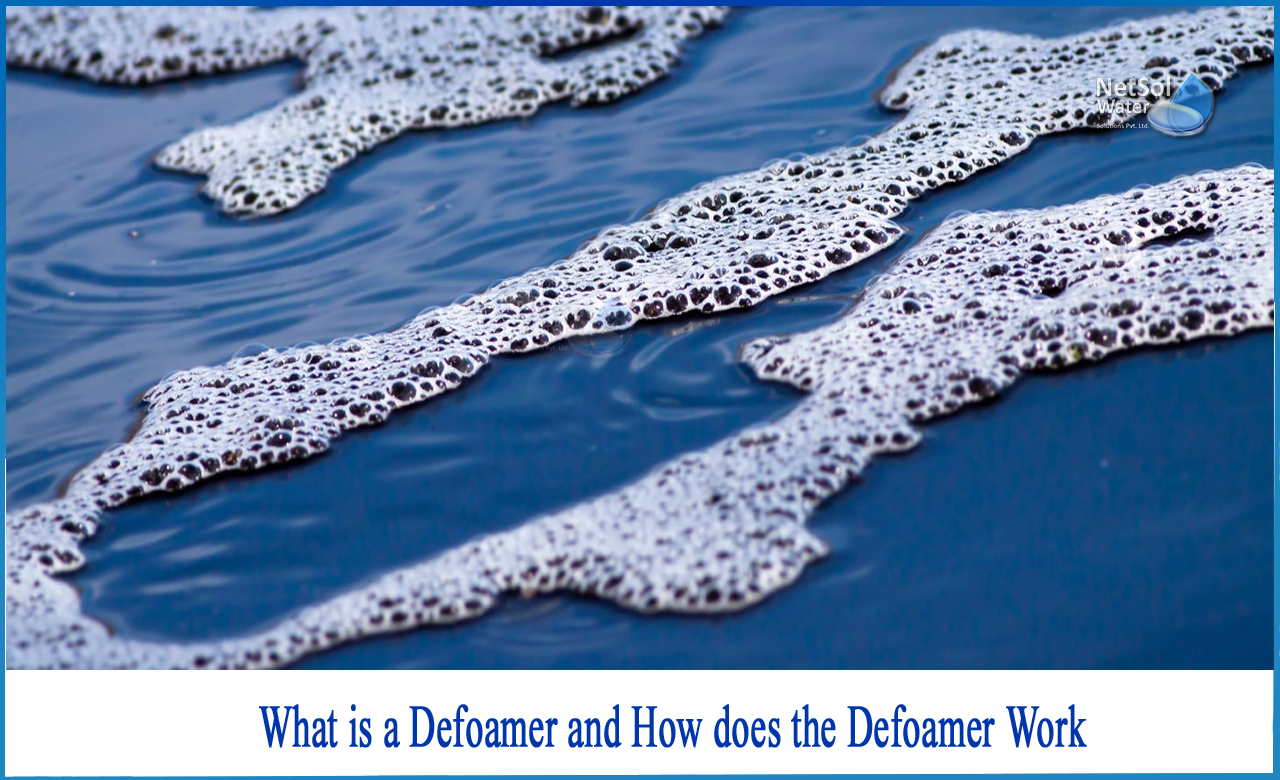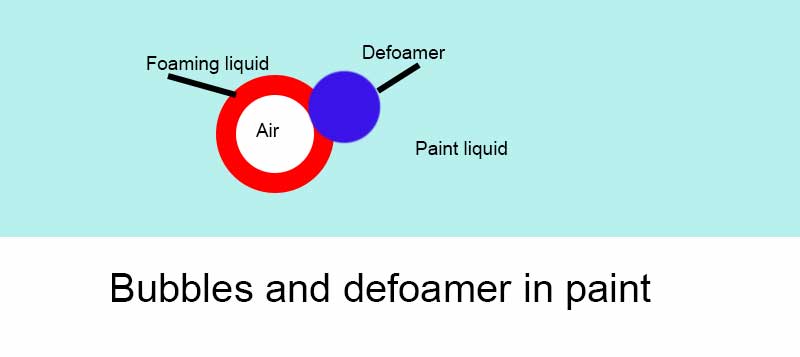Defoamers: Key Solutions for Managing Foam in Various Processes
Defoamers: Key Solutions for Managing Foam in Various Processes
Blog Article
The Role of Defoamers in Enhancing Item Top Quality and Efficiency
Defoamers offer as essential ingredients that mitigate this issue, making certain smoother manufacturing process while enhancing the aesthetic and practical attributes of the final products. The choice of the proper defoamer can be essential to achieving optimum outcomes, raising important concerns concerning formulation compatibility and performance metrics that merit additional exploration.
Recognizing Defoamers
Understanding the role of defoamers is vital for preserving item top quality across numerous markets. Defoamers are chemical additives developed to protect against the development and lower of foam in liquid systems, which can adversely affect procedures such as blending, loading, and surface stress. Frothing can bring about inadequacies, item defects, and compromised visual charm, making defoamers a critical component in making procedures.
In commercial applications, defoamers assist to enhance product consistency and security. In the paint and coatings industry, foam can interfere with the application process and the last surface. Likewise, in food and drink production, too much foam can impede bottling and packaging performance (defoamers). The effective usage of defoamers not only guarantees smoother manufacturing procedures yet likewise contributes to premium product performance.
Moreover, the choice and solution of a defoamer have to line up with particular application demands, such as compatibility with various other components, performance under varying temperature level and pH conditions, and potential regulative restrictions. Ultimately, comprehending defoamers' features and their importance in different formulas is important for maximizing production and making certain the best output.
Sorts Of Defoamers
Defoamers can be categorized into several kinds based upon their composition and system of activity. The key kinds include silicone-based, non-silicone organic, and not natural defoamers.
Silicone-based defoamers are amongst one of the most efficient, primarily because of their capability to spread out promptly on the liquid surface area and disrupt foam formation. Their distinct chemical structure permits premium stability, making them appropriate for high-temperature applications and atmospheres with varying pH levels.
Non-silicone natural defoamers, often composed of fatty acids or all-natural oils, are valued for their biodegradability and lower toxicity. These are generally utilized in food and beverage applications where safety and security and environmental impact are critical.
Inorganic defoamers, that include materials like talc or calcium carbonate, act by increasing the density of the fluid, therefore reducing foam stability. They are usually made use of in commercial processes where compatibility with various other materials is not a concern.
Each sort of defoamer has distinct advantages and constraints, permitting customized services depending upon the certain lathering problems run into in different applications. Recognizing these distinctions is vital for maximizing performance and attaining desired item high quality.
Applications Across Industries
Countless sectors take advantage of defoamers to improve product top quality and operational efficiency. In the food and beverage field, defoamers are important in procedures such as developing and dairy manufacturing to stop foam formation, which can bring about ineffectiveness and item incongruity. By managing foam, manufacturers can ensure far better yield and a much more consistent product.
In the pharmaceutical sector, defoamers play an important role in the formula of fluid medications, where too much foam can impede blending and precise application. Their use assists keep the stability of the solutions and assists in smoother production processes.
The paint and finishes market additionally relies upon defoamers to boost the performance of items during application. By decreasing foam, these additives make sure a smoother coating and enhance the aesthetic qualities of the end product.

Advantages of Using Defoamers
While the application of defoamers varies across industries, their advantages continually improve item high quality and process efficiency. One significant advantage is the decrease of foam formation during manufacturing procedures, which can or else lead to production hold-ups and incongruities in item high quality. By minimizing foam, defoamers enable a smoother flow of products, promoting a lot more effective procedures and lowering the probability of devices malfunctions.
In addition, making use of defoamers can enhance the look and structure of final products. In fields such as coatings, paints, and food handling, extreme foam can compromise the aesthetic appearances and overall top quality, while the suitable defoamer application guarantees an uniform finish and desirable qualities. Defoamers can add to cost financial savings by decreasing waste throughout manufacturing and enhancing the usage of raw materials.

Selecting the Right Defoamer
Selecting the ideal defoamer is crucial for optimizing production processes and ensuring product high quality. The option of defoamer affects not just the performance of foam control yet additionally the total efficiency qualities of the last product. Elements to consider include the sort of application, the chemistry of the formula, and the ecological conditions under which the product will certainly be made use of.
Different sectors might call for certain defoamer types, such as webpage silicone-based, organic, or polymeric defoamers. Understanding the compatibility of the defoamer with the main components is important to prevent unfavorable responses that can compromise item stability. Furthermore, the defoamer's effectiveness in numerous temperature levels and pH degrees have to Full Article be examined to make certain consistent efficiency.
Evaluating the defoamer in small applications can offer beneficial insights right into its efficiency and viability. Consideration of governing compliance, specifically in food, pharmaceuticals, and cosmetics, is extremely important in choosing a defoamer. Ultimately, a complete evaluation of these variables will certainly lead to the choice of a defoamer that not just manages foam efficiently but additionally enhances the high quality and efficiency of the final product.
Conclusion

In final thought, defoamers are crucial additives that significantly boost item high quality and performance across numerous sectors. The critical option and application of defoamers lead to cost savings, maximized source use, and raised click to find out more customer satisfaction.
Frothing can lead to inadequacies, product defects, and endangered visual charm, making defoamers an important element in manufacturing procedures.

Report this page